Benefits of Pop It Fidget Toys for Neurodivergent Children (And Adults!)
Table of Contents
Neurodiversity is the idea that disorders such as ADHD, autism, etc., are not a disability or something to be ashamed of but normal brain variations. Because of this, acceptance is critical when implementing fun ways for neurodivergent children to handle fidgeting and stimming.
Enter the fidget toy. These toys can help children and even adults. There are fidget toys for anxiety, fidgeting, excitement, and more in a fun way. Pop It fidget toys are one fun activity that neurodivergent children can enjoy. This article will examine the history of these toys and why Pop It may be great for your household or classroom.
What Are Fidget Toys?
Fidget toys are any toy that helps people who fidget. Let’s look at what this means.
Fidgeting
Fidgeting is when someone moves repetitively. This activity is frequently done because a person is agitated, restless, stressed, or excited.
Almost everyone has fidgeted at one point or another. Have you ever had to listen to a boring speech from a teacher, and you felt a little antsy in your chair? That is fidgeting. Have you ever been nervous as you’re about to hear the results of a test? You may fidget a bit in your seat. Have you or someone you knew fidgeted after quitting smoking? This is normal.
While fidgeting is expected, some people do it more than others. Neurodivergent children tend to do it more. A child with ADHD may fidget because they are hyperactive. A person with autism may also fidget because they are trying to achieve sensory balance.
Stimming
Besides fidgeting, a person may stim as well. Stimming is when someone performs self-stimulating behaviors, including tapping a pencil, biting their nails, pacing, repeating words, or another action. As neurodivergence is a broad spectrum, so are the activities a person may do when stimming.
It’s Nothing to Be Ashamed Of!
Fidgeting and stimming were considered signs that a child did not want to pay attention or was poorly disciplined. However, as our understanding of neurodivergence has grown, so has our knowledge about fidgeting and stimming. Many people with ADHD and autism want to learn and be a part of society, but it can be challenging without fidgeting or stimming. Helping, not punishing, is the ideal solution.
One popular way to help neurodivergent children is through fidget toys. Let’s give a brief history of them.
The Fidget Spinner
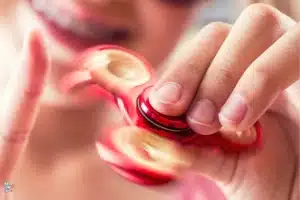
The Fidget Spinner Fad
Unfortunately, that year brought a bit of pushback, as they became popular toys for children who did not have neurodivergence but wanted it as a fad. Children who legitimately needed these toys had them taken away, and many toys made untrue claims. However, as this fad has died down, many people are reevaluating the fidget spinner and similar toys and have discovered many benefits. In today’s classrooms, many teachers welcome neurodivergent students to have these toys to help them.
The Benefits of Fidget Toys
Fidget toys are more than a marketing gimmick; there have been studies on their effectiveness, which have concluded that they can help people with specific conditions. When parenting a child with ADHD, autism, or another neurodivergent condition, fidget toys may be worth looking into. Some of their benefits include:
Helping Children Regulate
When a child or adult has autism, they may have sensory overload in certain areas or situations. For example, you may drive with your child at night, and someone has their brights on behind you. The loud noises of a hair salon may make your child feel uncomfortable. Many children experience sensory overload in a stressful area such as a dentist’s or doctor’s office.
A fidget toy may help your child feel more at ease. When they feel overwhelmed, playing with a fidget toy may help them regulate their senses without relying on a screen, stimulating them further.
Improves Focus
A child with ADHD may have difficulties focusing at school or in other situations that require them to listen for long periods. It’s not that they don’t want to learn; their condition makes it difficult to focus. One method to help a child focus is by giving them a fidget toy. A fidget toy does not require much focus, but playing with it may allow the child to focus on their teacher better. The reason for this may be due to the physical activity involved. When a child is playing with a toy, we may not think of that as physical activity. However, moving their hands can increase their dopamine and norepinephrine, two brain chemicals that allow a child to focus. In some situations, it can have the same effects as ADHD medications.
We aren’t saying that you should replace your child’s medication with a fidget toy, but they may help a child focus further or help a child with mild focus problems focus without needing medication.
What is the Pop It Fidget Toy?
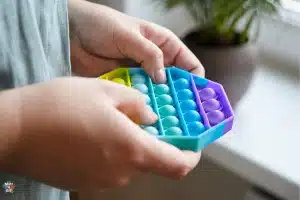
Of course, actual bubble wrap has its issues. It’s loud, creating a distraction for the class or your ears, it’s made from plastic that can be dangerous for smaller children, and there are only a certain amount of bubbles on there before you need a new sheet!
Pop It fidget toys combine bubble wrap with a fidget toy. It’s a silicone toy in many shapes, sizes, and colors. There are many bubbles on it that your child can press. Once it pops, it does not make much of a sound, and instead of disappearing forever, your child just pushes it to the other side. This way, they can flip it over and do it again.
Types of Pop It Fidget Toys
These toys can come in all fun shapes as well. Some are shaped like ordinary sheets or basic shapes, while others may resemble a heart, a shooting star, food, etc. There are some licensed Pop It fidget toys shaped like your favorite characters, such as Mickey Mouse. Some are larger for when your child’s teacher has a long class. Others are smaller and can be put on a keychain, making portability much more straightforward.
Pop It fidget toys can be inexpensive for neurodivergent children and adults to focus and avoid fidgeting and stimming whenever possible.
Try Them Out
While Pop It fidget toys and similar products are not magic, they can help many children and adults with neurodivergent conditions, or even someone who occasionally fidgets, stay focused and comfortable. These toys are affordable (often under $10) and can deliver hours of fun.
Conclusion
Fidget toys can be helpful for people who have trouble focusing, fidgeting, or stim when stressed. With many studies pointing to their benefits, they have become less of a fad and more of a helpful tool that parents and teachers can use.
FAQ
How Can Fidget Toys Help a Person Focus?
When a person performs a mild physical activity while focusing on something else, it may produce brain chemicals such as dopamine, helping them to focus. Some studies have shown promising results for people with specific conditions.
What Are Pop It Fidget Toys?
These are colorful toys with bubbles on them. A person “pops” the bubbles on the toy, then flips it over if they want to reuse it. They come in many shapes and sizes.
What are Fidget Toys?
Fidget toys are hand toys that help a person with trouble fidgeting or stimming focus. They often keep a person’s hand busy, allowing them to balance their senses. They first grew popular in 2017 when the fidget spinner became a fad.
What is Stimming?
Stimming is when a neurodivergent person self-stimulates by biting their nails, pacing, speaking words, or performing another activity that brings them relief. Stimming is not harmful, but it can be distracting.
What is Fidgeting?
Fidgeting is when a person makes a repetitive movement when feeling anxious, stressed, excited, or as a product of a condition such as ADHD or autism. While not harmful, fidgeting can distract the person and the people surrounding them.


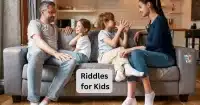




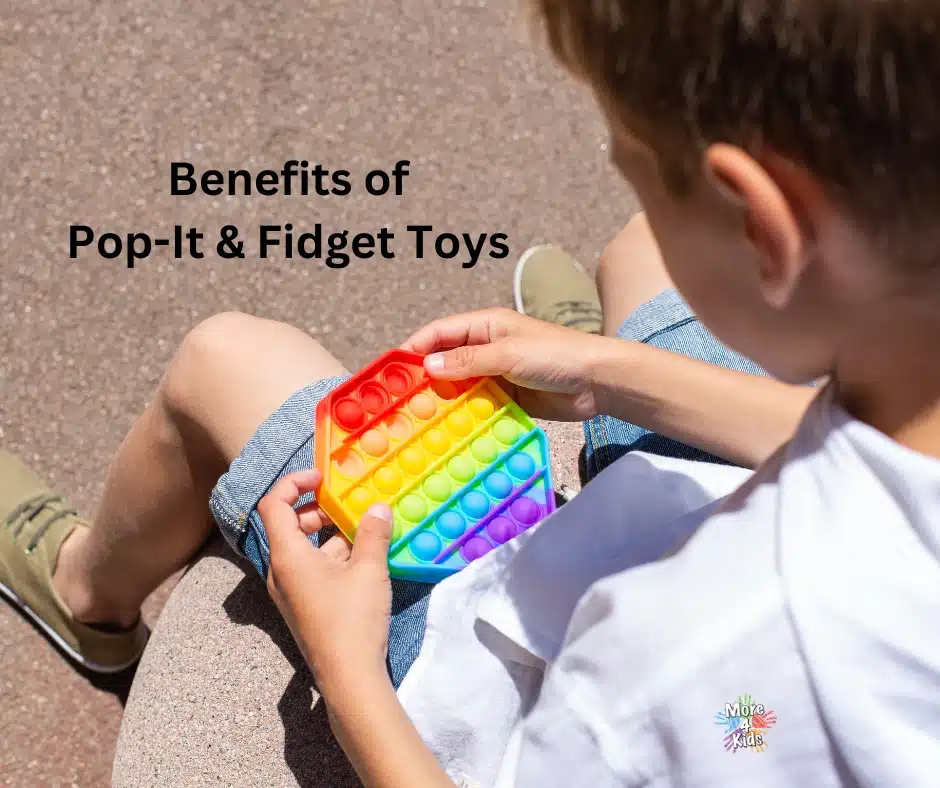




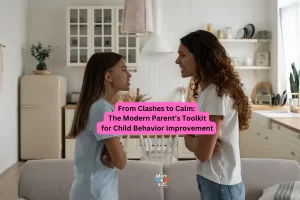


Add Comment